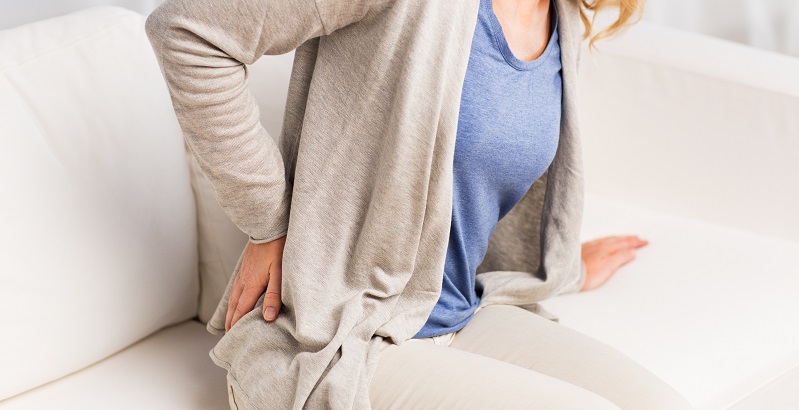How To Slow Down Spinal Stenosis
Category: Spine | Author: Stefano Sinicropi

Spinal stenosis is one of the more common spinal conditions that affects older Americans because it is often brought upon by the natural aging process. The condition is categorized by the narrowing of the spinal canal, which can put added pressure on nerves and other important structures.
Similar to arthritis, spinal stenosis can’t be reversed, but treatment can slow down and prevent further narrowing while also helping to alleviate symptoms. Below, we share some tips for helping to slow down the progression of spinal stenosis and how to treat symptoms caused by the condition.
Exercise
Regular exercise is one of the best ways to slow down the progression of spinal stenosis. Exercise helps to strengthen the muscles that support your spine and increase spinal flexibility, which helps to reduce stress on your back and delay the onset of spinal stenosis.
Avoid Excessive Sitting
Although sitting may be able to relieve symptoms caused by spinal stenosis, you don’t want to sit for hours on end. Stand up and move around for five minutes for every 30-60 minutes of sitting, as this can help prevent prolonged stress on one level of your spine.
Posture While Driving
A lot of people drive on a daily basis, and if you have poor posture behind the wheel, you’re going to make your spinal stenosis worse. Don’t have your seat reclined to the point that it’s not providing support, and consider putting a small towel or pillow behind the small of your back to help keep it in the proper alignment when you’re behind the wheel.
Healthy Sleep
If your mattress isn’t providing ample spinal support, it could be exacerbating your spinal stenosis. If you haven’t replaced your mattress this decade, consider finding a firmer option that provides support to all areas of your body. Older mattresses can wear down, causing your hips to sink lower into the mattress and stressing your spine as you sleep, which can contribute to spinal canal narrowing.
Watch Your Devices
Cases of cervical spinal stenosis are on the rise, and it tends to be occurring more frequently with younger populations. Researchers believe that our reliance on our electronic devices like cell phones, iPads or e-readers has led to poor posture habits when using these devices. Don’t sit with your phone or iPad in your lap, get them more out in front of you so that you’re not craning your neck forward every time you check your device.